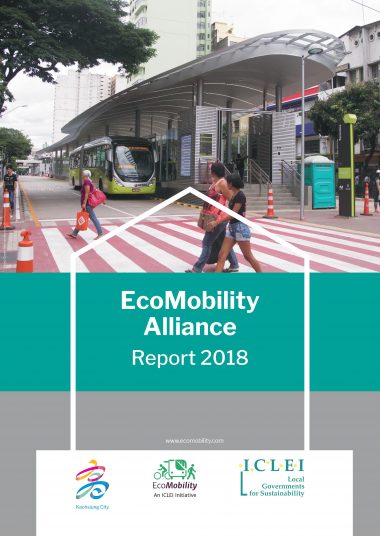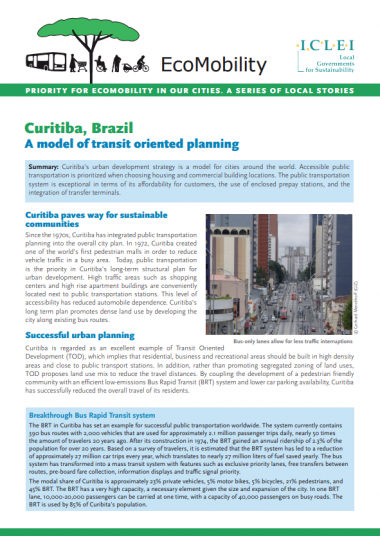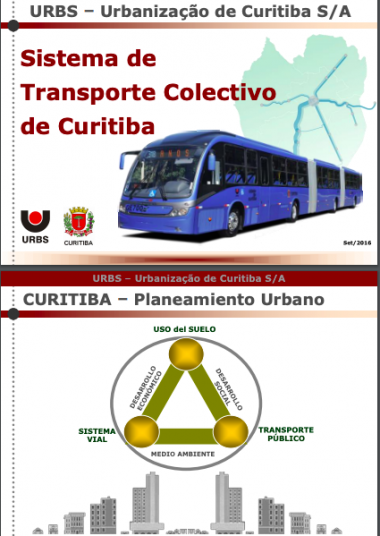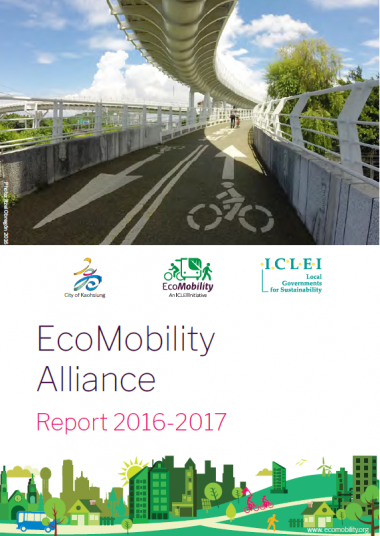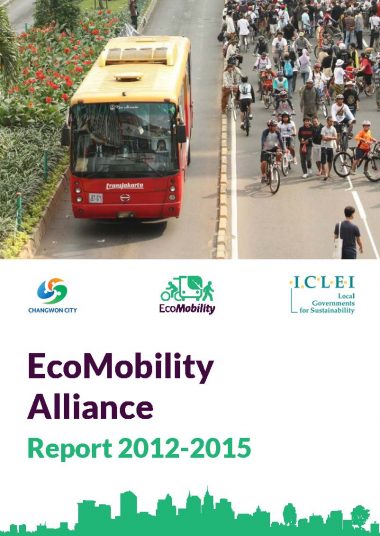Curitiba is internationally renowned as one of the most sustainable and well-planned cities in the world, whereby Curitiba’s BRT model has been replicated in more than 150 cities worldwide. Curitiba institutionalized the Transit- Oriented Development (TOD) principle in its mobility plan that requires mixed-use urban developments along the BRT corridors. The city also focused on strengthening the central city with car-free zones and ensured mixed land-use planning. Despite the BRT’s success, the city is experiencing the limits of the BRT. Extreme overcrossing has prompted many middle-class commuters to switch to driving, while the metro project was scrapped due to lack of federal funds.
In response to the pushback on public transport, the city adopted a new BRT system plan, called City Vehicle Interconnected, a new generation of BRT that combines the concepts of interconnected city and intelligent mobility with technology. The project includes hybrid and electric buses that will be connected through a total of five corridors (106 kilometers, km) and about 300 stations. Six of these stations will be underground, resembling metro stations but with less depth. All stations will be connected to the fiber optic networks so that passengers have access to wireless internet and cell phone applications with real- time information about bus services, and air conditioning in the spaces, the lack of which has been one of the existing system’s main criticisms. When successfully implemented, BRT 2.0 will be an affordable, safe and reliable system, drawing commuters to opt for public transportation again.
